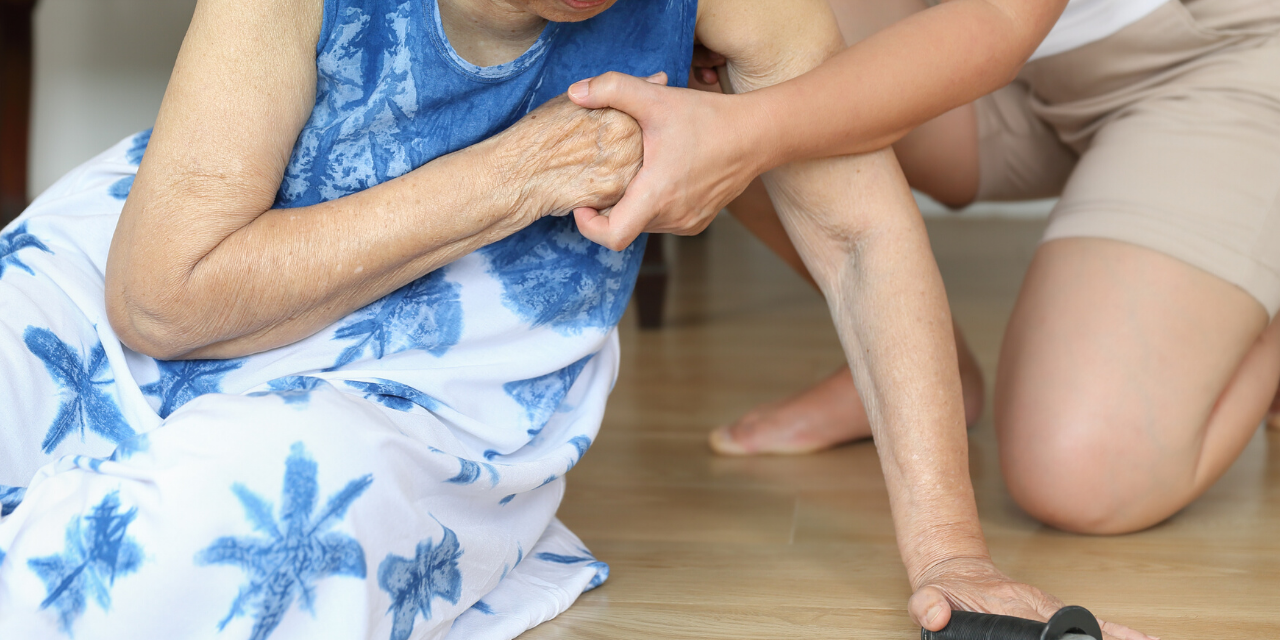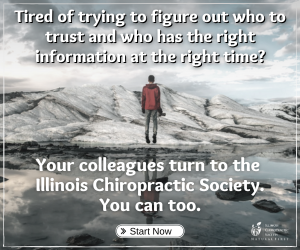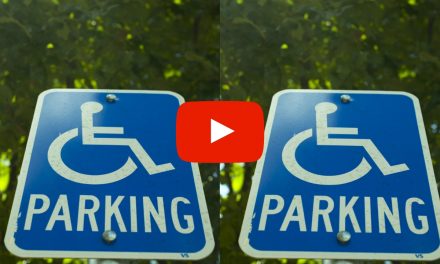
Vestibular Dysfunction

Each year millions of people lose their balance and fall. This number increases for those older than 65 years, as in this group, 1 out of 4 people fall each year. The death rates due to falls have increased 30% from 2007 to 2016 for older adults, and, if this rate continues, by 2030 we will expect to see 7 deaths from falls every hour. 1 out of every 5 falls causes serious injuries, such as broken bones or head injuries. 95% of hip fractures are caused by falling, and falls are the most common cause of traumatic brain injuries (TBI). In 2015, medical costs for falls totaled more than $50 billion. Medicare and Medicaid paid for more than 75% of these costs.
Vestibular Disorder
Neurological disorders of walking, balance, and/or posture are common and debilitating. 35% of adults older than 40 years of age in the United States have a vestibular disorder. Those with vestibular dysfunction have a 12-fold increase in reported falls. Difficulties with walking and balance require people to reduce their physical activities. This physical inactivity is associated with a host of adverse health consequences, such as heart problems, osteoporosis, obesity, and digestive problems. The combination of reduced physical activity with fear of falling commonly results in people having depression, anxiety, and reduced quality of life.
There are a number of ways to measure balance; however, not all balance tests have correlated with having an increase or decrease of falling. The best way to measure standing balance is with what is called “Computerized Dynamic Posturography.” This involves standing on a digital force platform that is connected to a computer. This balance platform measures changes in the sway of a person’s body and calculates how much the individual moves front and back, as well as side to side. It then takes these data points, as well as many others, and compares these balance scores against a “normal population” of people who have normal balance. This provides an objective percentage of how good an individual’s balance is, and how much of a risk he/she has of falling.
Assessing Fall Risk
Although balance testing is important, it is also necessary to watch every patient walk when you are assessing balance and fall risk. It is important to make sure someone can turn left as well as turn right, as many people have differences between the two. Combining computerized dynamic posturography with a walking assessment has been shown to be the best way to assess fall risk, with the goal of rehabilitating the person’s walk and preventing falls before they happen.
The vestibular system is an often forgotten, yet important, contributor to human balance. The vestibular system consists of structures in the inner ear and brain that are responsible for appropriate posture, balance, eye movements, and spatial awareness. Vestibular rehabilitation has been used since the 1940s and is a specialized exercise-based program for the management of symptoms associated with vestibular dysfunction such as dizziness, imbalance, visual blurring, and disorientation.
Rehabilitation
Vestibular rehabilitation is a program of exercises designed to improve coordination between the head and eyes, allowing people to move around their environment more efficiently without symptoms or falls. The goals of vestibular rehabilitation include decreasing dizziness, increase balance, decreasing the risk of falls, improving eye-head coordination, and improving walking (especially with head movements and mental tasking). Exercises are performed both in the clinic and at home, which not only improves physical symptoms but also mental symptoms such as anxiety and fear of falling.
Vestibular rehabilitation has been shown in research to not only be effective with those who have vestibular disorders but also with patients after a head injury/concussion. Patients with specific brain disorders, such as cerebellar disorders and multiple sclerosis, also have been shown to benefit from vestibular rehabilitation. There is a strong relationship between vestibular disorders and anxiety disorders, and vestibular rehabilitation has been shown to improve anxiety, as well as prevent panic disorders. Older adults have also been shown to respond well to vestibular rehabilitation, which is important as the increase in age is associated with an increase in dizziness and balance disorders.
Conclusion
Human balance is a coordinated effort between our vision, mechanoreception from our body, and proprioception from our inner ears. The vestibular system’s contribution to our balance is often overlooked until there is a vestibular problem. Disorders of the vestibular system commonly cause balance problems and falls. Understanding how to assess sensory mismatches between the visual system, somatosensory system, and vestibular system, allows the physician to use multiple specific vestibular rehabilitation tools for patients suffering from dizziness.
-Alghadir et al. An update on vestibular physical therapy. Journal of the Chinese Medical Association. 2013;76:1-8.
-Cohen et al. Usefulness of some current balance tests for identifying individuals with disequilibrium due to vestibular impairments. Journal of Vestibular research. 2008;18:295-303.
-Nonnekes et al. Neurologic disorders of gait, balance, and posture. Nature Reviews Neurology. 2018.
-Sadeghi et al. Rebalancing the vestibular system by unidirectional rotations in patients with chronic vestibular dysfunction. Frontiers Neurology. 2019








![New 1500 Health Insurance Claim Form Released [Updated]](https://ilchiro.org/wp-content/uploads/sites/2/2019/06/claim-form_fJ4yIBD_-440x264.jpg)








